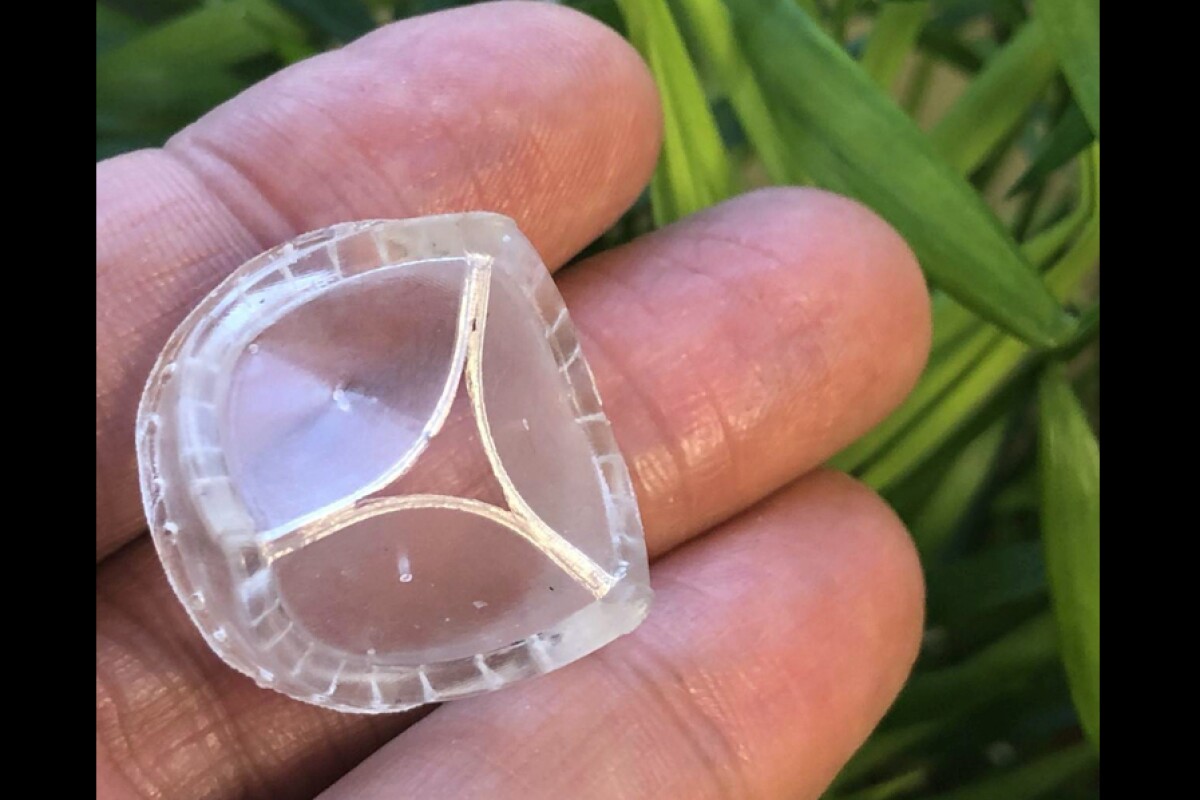Polymer heart valve is said to combine best features of other types

When it comes to replacing faulty heart valves, there are two options – a metallic artificial valve, or a biological one obtained from a pig or cow. There could soon be a third and perhaps better choice, though, in the form of a polymer replacement heart valve.
According to Britain's University of Bristol, existing metallic valves may last for a long time, but the recipients have to keep taking blood-thinning medications for the rest of their lives. This is because potentially fatal blood clots may otherwise form around the implants, which aren't very biocompatible.
By contrast, pig and cow valves are biocompatible, so the drugs aren't needed. Unfortunately, however, they only last 10 to 15 years before needing to be replaced. That's where the prototype PoliValve comes in.
Designed via a collaboration between scientists at U Bristol and Cambridge University, it's inexpensively molded from a special co-polymer, and is made to "resemble the flexibility, biocompatibility and durability of a natural heart valve." Based on in-vitro and sheep tests, the researchers estimate that it should last up to 25 years, during which time no blood-thinning or anti-rejection medications will be required.
The implant is reportedly also easy to stitch into place, and surpasses ISO standards which state that any heart valve being tested on humans must withstand a minimum of 200 million opening/closing cycles. It additionally surpasses ISO standards for hydrodynamic performance, offering functionality comparable to the current best-in-class biological valve.
The PoliValve development team consists of Prof. Raimondo Ascione at the University of Bristol, along with Prof. Geoff Moggridge, Dr. Marta Serrani and Dr. Joanna Stasiak at Cambridge. It is hoped that the first tests on human patients could begin within five years.

Comments
Post a Comment